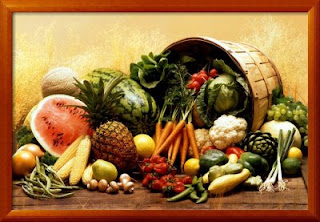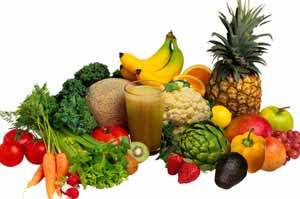Polyunsaturated fats in the diet are mostly omega-6 or omega-3. These get converted into a diverse and influential class of signaling molecules in the body called eicosanoids. On their way to becoming eicosanoids, they get elongated. These elongated versions can be measured in tissue, and the higher the proportion of elongated omega-6 in the total pool, the higher the risk of a heart attack.
Eicosanoids are either omega-6 or omega-3-derived. Omega-6 eicosanoids, in general, are very potent and participate in inflammatory processes and blood clotting. Omega-3 eicosanoids are less potent, less inflammatory, less clot-forming, and participate in long-term repair processes. This is a simplification, as there are exceptions, but in a broad sense seems to be true.
In the modern U.S. and most other affluent nations, we eat so much omega-6 (mostly in the form of liquid industrial vegetable oils), and so little omega-3, that we create a very inflammatory and pro-clotting environment, probably contributing to a number of chronic diseases including cardiovascular disease.
There are two ways to stay in balance: reduce omega-6, and increase omega-3. In my opinion, the former is more important than the latter, but only if you can reduce omega-6 to below 4% of calories. If you're above 4%, the only way to reduce your risk is to outcompete the omega-6 with additional omega-3. Keeping omega-6 below 4% and ensuring a modest but regular intake of omega-3, such as from wild-caught fish, will probably substantially reduce the risk of cardiovascular disease and other chronic illnesses.
Bottom line: ditch industrial vegetable oils such as corn, soybean, safflower and sunflower oil, and everything that contains them. This includes most processed foods, especially mayonnaise, grocery store salad dressings, and fried foods. We aren't meant to eat those foods and they derail our metabolism on a fundamental level. I also believe it's a good idea to have a regular source of omega-3, whether it comes from seafood, small doses of cod liver oil, or small doses of flax.






















